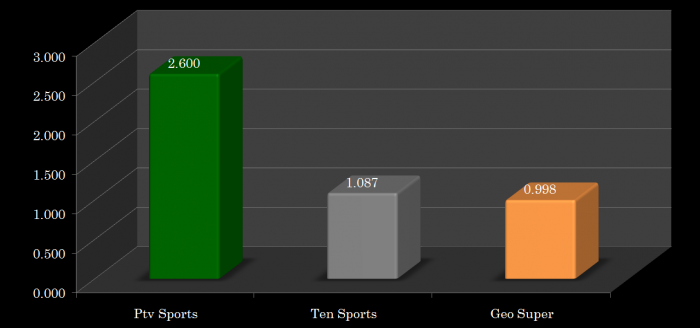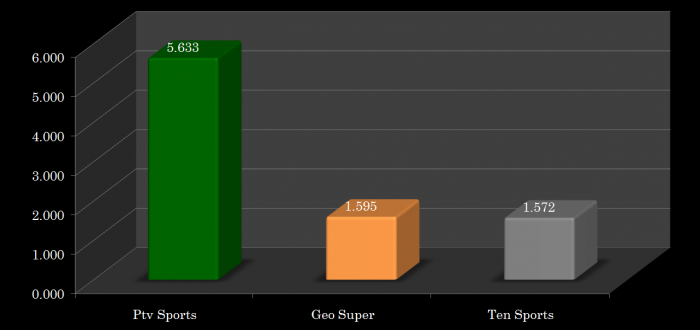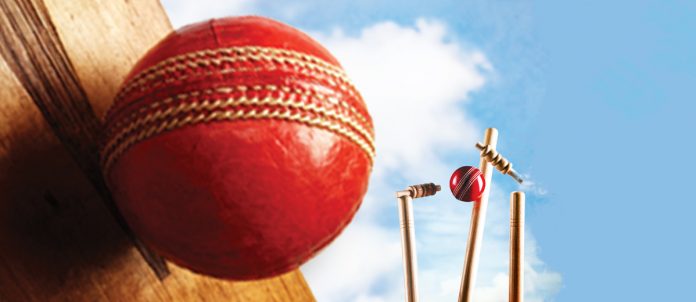As originally published in Synergyzer Issue 2 – 2016
Just five months ago, Domestic Cricket or Club Cricket was considered Tier 2 Sports Entertainment content in the Pakistan market. There was a predominant opinion prior to PSL Season 1 that there is an astonishing and insurmountable gap in viewership and business potential of International Cricket featuring Pakistan in comparison to Club Cricket or League Cricket regardless of the participation of Pakistani Cricket stars in the latter. There was also a widely held perception that there is a viewership ceiling and subsequently, a business ceiling beyond which any domestic or club league event may not deliver from a broadcaster’s perspective. So how did many of the media gurus and analysts go wrong while making inaccurate forecasts and forming preconceived conclusions about the broadcast potential of PSL?
In my opinion, many of us showed that while we use the term ‘Content is King’ multiple times in our business communication, the inherent faith towards this phrase is still limited in the Pakistan market. When we used to assume that International Cricket content will always be rated higher than Club or League content, were we of the understanding that the audience watches Cricket due to the “International” tag? It was rather naive of us to think like that because it did become clear in February 2016 that our audience chooses to watch Cricket or other content solely due to its ‘strength’.
It became clear with PSL that our audience chooses to watch Cricket or other content solely due to its ‘strength’.
Content is King: PSL as an example
PSL was a prime example of how important the composition, marketing, packaging, production quality and value proposition of live content is to make it larger than life. The overall star value of the tournament, the persona of individuals and legends involved, the excitement and proximity of the matches played, the creativity in production and execution and its relevance to its many audiences were all factors that turned PSL into Tier 1 content.
PSL was broadcasted on more than 5 media vehicles, including digital channels, and almost all the broadcast mediums got prolific ratings or impressions in terms of their respective potential & existing benchmarks. Many argue that it was the ‘P’ in ‘PSL’ or the nationalistic positioning which generated the success for the event. While this may be partially true in terms of the MarCom strategy and the event’s pre-hype, this cannot logically be the only factor behind the content’s super success. I mean, how do we explain the nominal viewership figures of the PCB Domestic T-20 Event versus the phenomenal 36% viewership from India on Pakistan Super League’s official YouTube channel? These anomalies clearly explain that the power of quality content supersedes any preconceived notions, correlations or variables.
PSL by the Numbers
In Pakistan, PTV Sports, Geo Super and Ten Sports broadcasted the PSL tournament on Television. PTV Sports recorded the highest ratings on the Total Audience filter as well as the Cable & Satellite Audiences.
Cumulative Ratings of PSL Matches (Match Hours February 4 to 23, 2015)
Final – Islamabad United v Quetta Gladiators (23rd Feb 2016)
Source: Medialogic Pakistan, Rapid Meters, KANTAR
Target Group: C&S Individual (Pakistan Urban)
There were 45 active advertisers on the three TV Channels with Mobilink, Pepsi, Hamdard, Volka Foods, HBL, JS Bank and Soneri Bank having the highest Share of Voice during the live broadcast.
The most successful franchise, Peshawar Zalmi, was also the most watched PSL team with a consequential viewership increase evident in all Zalmi matches, another statistic which substantiates the theory of content being king.
The PSL final picked up the highest average ratings – 5.6 average game ratings on PTV Sports, Cable & Satellite, Pakistan Urban – followed by the 3rd playoff between Islamabad United & Peshawar Zalmi – 4.3 average game rating on PTV Sports, Cable & Satellite, Pakistan Urban. The peak rating moment for PSL came in the final match between Quetta Gladiators and Islamabad United whereby the rating almost touched double figures for certain audiences towards the end of the first innings of the PSL final i.e. 8.1 rating on PTV Sports, Cable & Satellite, Pakistan Urban. The international broadcast partners of the league also got substantial results with audiences from regions like the UAE particularly showing a noteworthy interest towards the premiere edition of the Pakistan Super League.
In terms of digital channels, the official Youtube Channel for PSL gained huge popularity with over 70,000 subscribers and proved to be a viable in-stream advertising medium for several advertisers. Similar success stories of quality GRP’s and impressive ROI were reported by international broadcast partners, both conventional and alternate ones.
Given the success of the first season, there is every reason to believe that PSL will become much stronger content in its second year including the expected influx of bigger names, the possible addition of a franchise and the inevitable increase in the number of matches. If all goes per plan, the advertising revenue potential i.e. the cumulative revenue on all broadcast mediums could cross the magical Rs.1 Billion mark in PSL Season 2. The set of beneficiaries will include the ones who were optimistic and accurate in their projection about the content power of PSL before it all began. At the end of the day, PSL 2016 can be defined as an amalgamation of several success stories which came together to form the astonishing PSL success story. Amongst those that were prominent, the creation and distribution of quality content is one of the forerunners!
By Umair Masoom
National Manager Sales & Marketing Strategy, PTV Network
A seasoned marketing and media professional, Umair is a key team member of PTV Sports with extensive experience in sports broadcasting, commercial operations and business management particularly in managing mega cricketing events. He is deeply passionate about Cricket & Football having played both sports during his youth years.
Umair has served as a contributing editor for various print and digital publications and as a visiting lecturer of Marketing & Media Management at various universities in Karachi.

